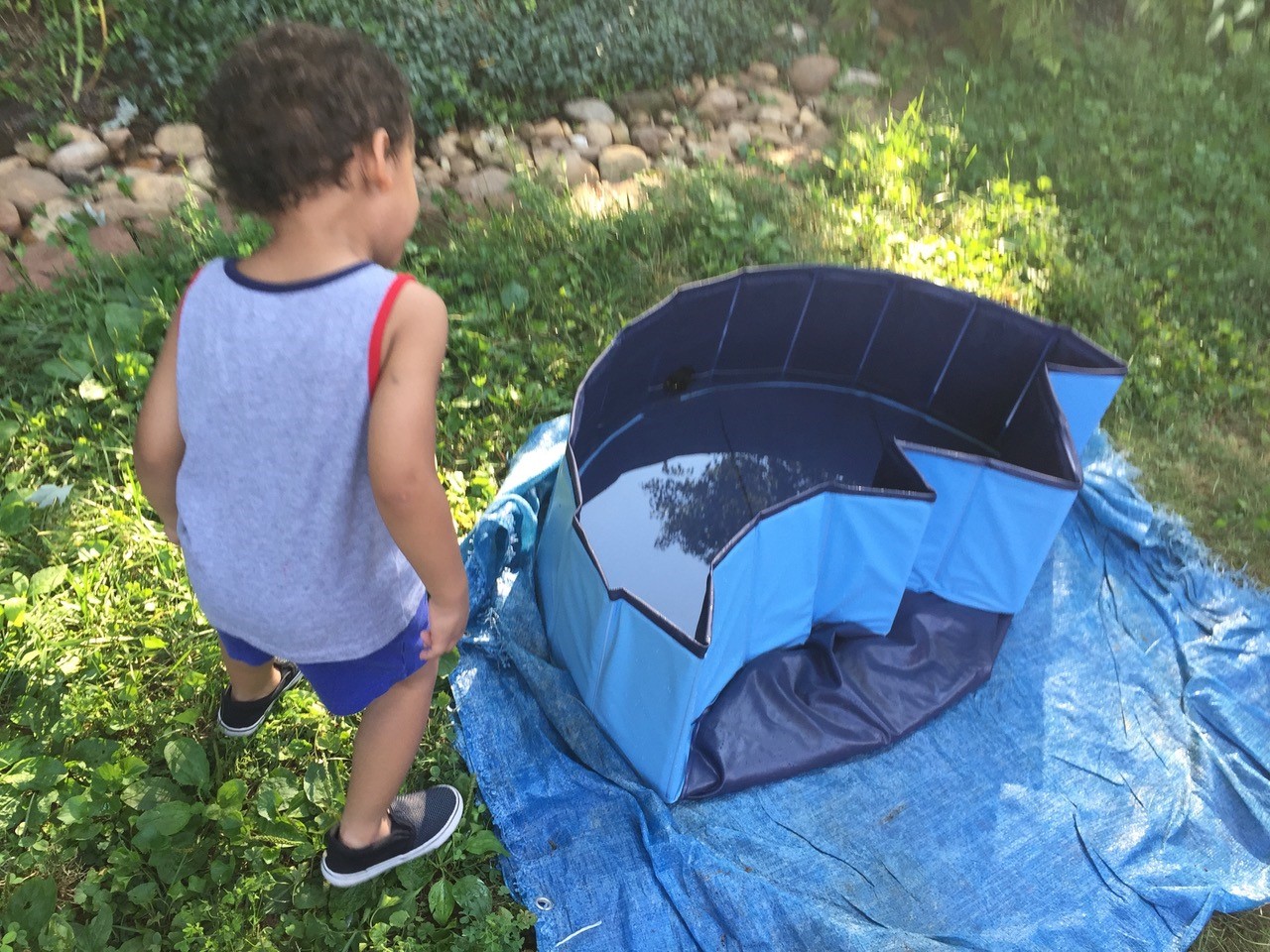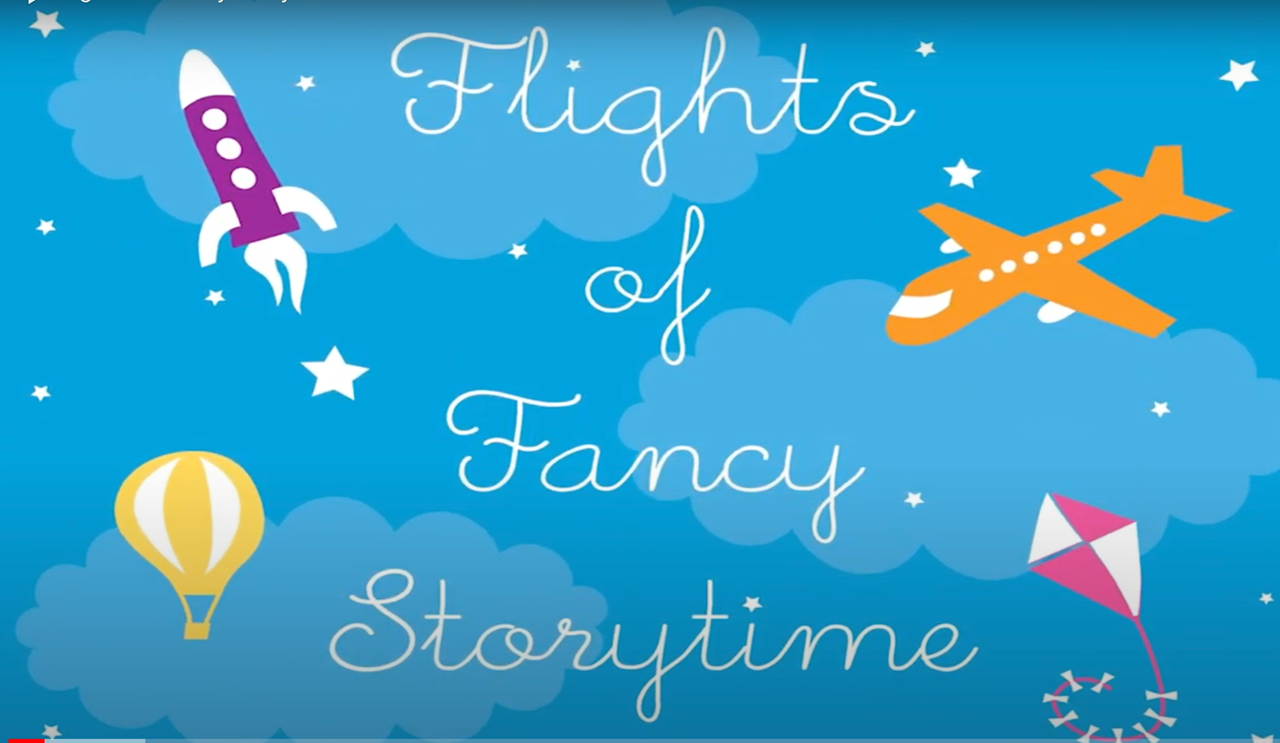'Now It Looks Like a Moon:' Opportunities for Science and Math Talk During Play
By Peggy Ashbrook
Posted on 2020-09-10
Disclaimer: The views expressed in this blog post are those of the author(s) and do not necessarily reflect the official position of the National Science Teaching Association (NSTA).

“Now it looks like a moon,” the five-year-old said as we folded up the portable child/dog pool. When children share an observation, it is an invitation to connect with them about the prior experiences that shaped their ideas. I began with an open-ended question: “Have you seen the Moon?” His affirmative reply did not reveal whether he had seen the actual Moon or if he had seen it in a book or video, or perhaps been taught that a crescent shape is a “moon shape.” The next open-ended prompt might be to say, “Tell me where you saw the Moon and what it looked like.”
The Early Years column in the January 2012 issue of Science and Children adapts an activity about making craters from Marie Faust Evitt’s book, Thinking Big Learning Big. Craters on the Moon are visible without a telescope, even in daytime, a time when teachers can point out the Moon to their students. On timeanddate.com’s Moonrise and Moonset Calculator—City Lookup site, you can view data by the month that tells you when the Moon rises and sets each day, so you can plan for daytime or nighttime viewing.
Children enjoy making craters in snow, damp sand, or other fine material by dropping balls of varying sizes and weights into the material. There are many ways to use imaginative play to allow children to explore the topic of Space, and the ideas they have already learned through media and at home. Some of what we learn as children (such as the nursery rhyme Hey Diddle Diddle's “The cow jumped over the Moon”) may lead to misconceptions that—when students mention them in conversation—teachers can help students replace with accurate information through additional experiences. Simply talking about the accurate information will not correct misconceptions, but through activities and discussion, students can discard them.
The Smithsonian National Air and Space Museum has two storytime series on YouTube, Flights of Fancy Storytime Online and Pilot Pals, in which they read and tell stories for young children and their families, inspired by their collection of air and space objects and historic photos. Educators Ann Caspari and Diane Kidd also demonstrate crafts that educators can use with their students and families can enjoy together at home. Pilot Pals explores pioneering pilots and aircraft through fun characters in shorts of less than 2 minutes. Flights of Fancy storytimes are from 8 to 12 minutes long.

Imaginative play supports children as they develop their understanding of natural phenomena. Provide opportunities for children to expand on their casual comments that show they are processing prior experiences about natural phenomena, and science and math concepts. And make a plan to view the actual Moon.
Earth & Space Science Learning Progression Mathematics STEM Early Childhood


